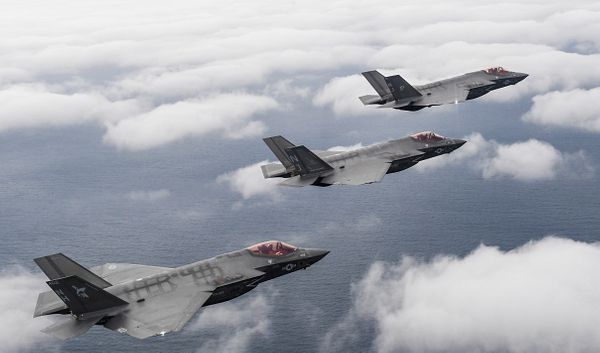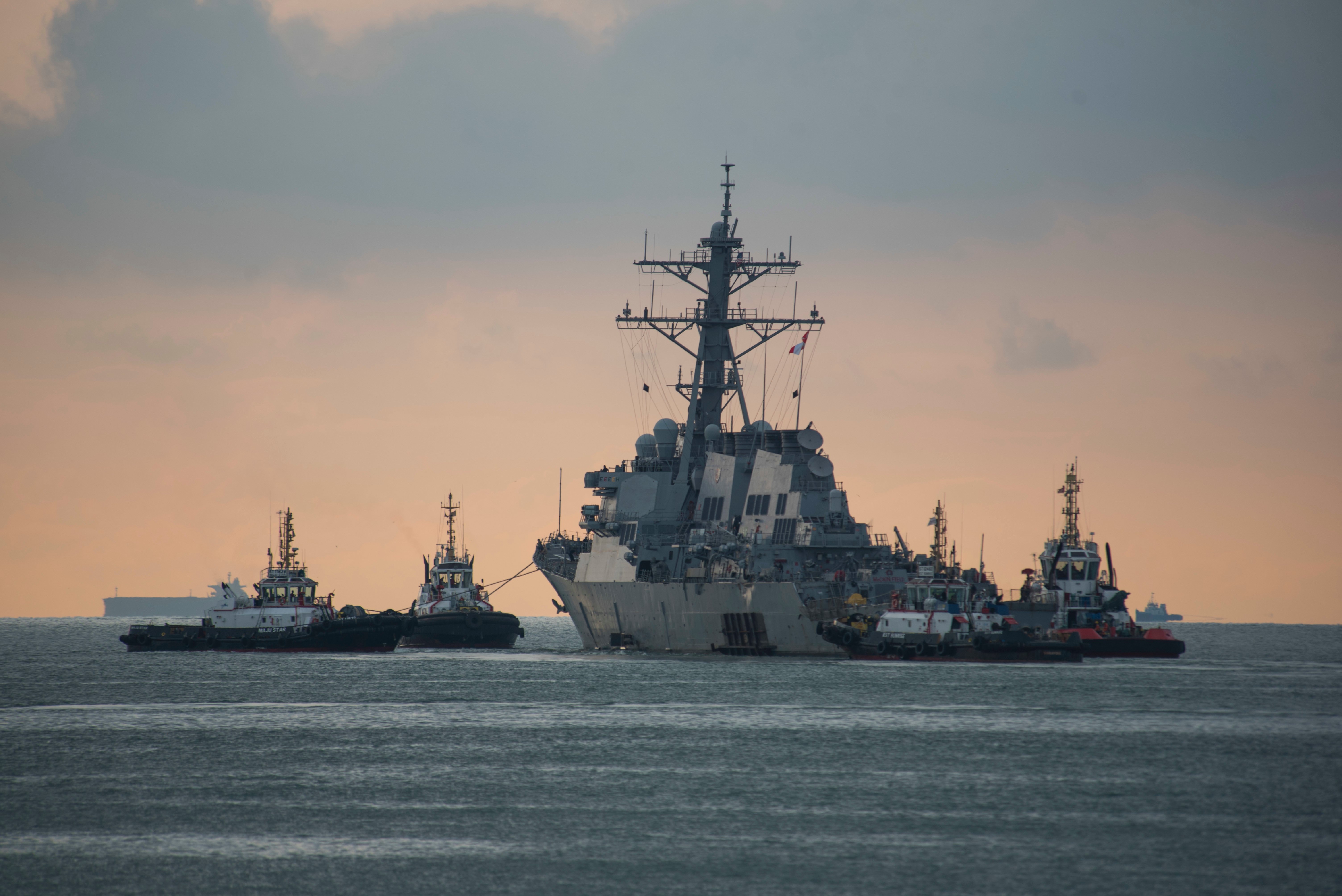But would they accept them being maintained in another country? It would give South and West Australia some work and help drive down the US maintenance backlog. And next time I will read the rest of the posts before commenting. My bad but believe this should be on the AUKUS table
That would be fine. As long as there isn't a huge corruption scandal for services offered to the USN. Wink wink.

en.wikipedia.org
Building is in a different category. US is very paranoid about build capability. Like how they stopped the F-35 production because of Chinese magnets in a pump. Military equipment must be made in America. You buy harriers, you start a factory in the us to build them. You want Austal ferries, you build a factory in the US to make them.
The contraction of U.S. defense and civilian industries since the end of the Cold War has made foreign inputs into key weapons programs indispensable.
thediplomat.com
US repairs ships in shipyards all over the world. McCain was towed to Japan to be fixed after the collision.
After more than a month pier side in Singapore, the guided-missile destroyer USS John S. McCain (DDG-56) has left to be transported to Yokosuka, Japan for repairs, the Navy announced on Thursday. McCain will be transported by the heavy-lift transport M/V Treasure from the Changi Naval Base to...

news.usni.org
Even non treaty allies are used.
According to senior Ministry of Defence (MoD) officials, New Delhi had proposed during the 2 + 2 dialoge in April that the US Navy could avail of the services and expertise of Indian shipyards

www.business-standard.com
The US operates globally, it acknowledges to keep its navy working efficiently, ships and vessels need to be repaired, all over the world, it makes no sense to slog it back to the USA at 3 knots being towed, when there is a perfectly good ship yard that can do the work nearby. If they did that there would be no USAF planes flying and no USN ships sailing.
USN subs being able to have work done in South Australia would be a big plus, would help the US with their backlog, is a logical and trusted place for repairs, and would help upskill and familiarize the workforce with that design and platform particularly given they might need to build them. Hence why basing out of Perth is fairly plausible. UK would see similar value, because you can't just get a Nuclear boat repaired in any dockyard.
Having people maintain subs is part of the way to building them. We maintain Oberon submarines and after 20 years we could basically do anything with that platform including upgrading, chopping them in half, mid life refits, and we could sell that experience to other operating nations.. Maintaining subs is more than just a grease and oil change and new tyres. It can get quite involved. But just pulling them out scraping barnacles off them, and giving them the basics (which is more like refurbishing a space shuttle for its next launch, not like scraping a oyster farming boat), hogs ship yard time. So if simple stuff can start to occur in Osborne, which needs facilities to do that kind of stuff anyway, then more can happen on big stuff in US yards, including construction.





